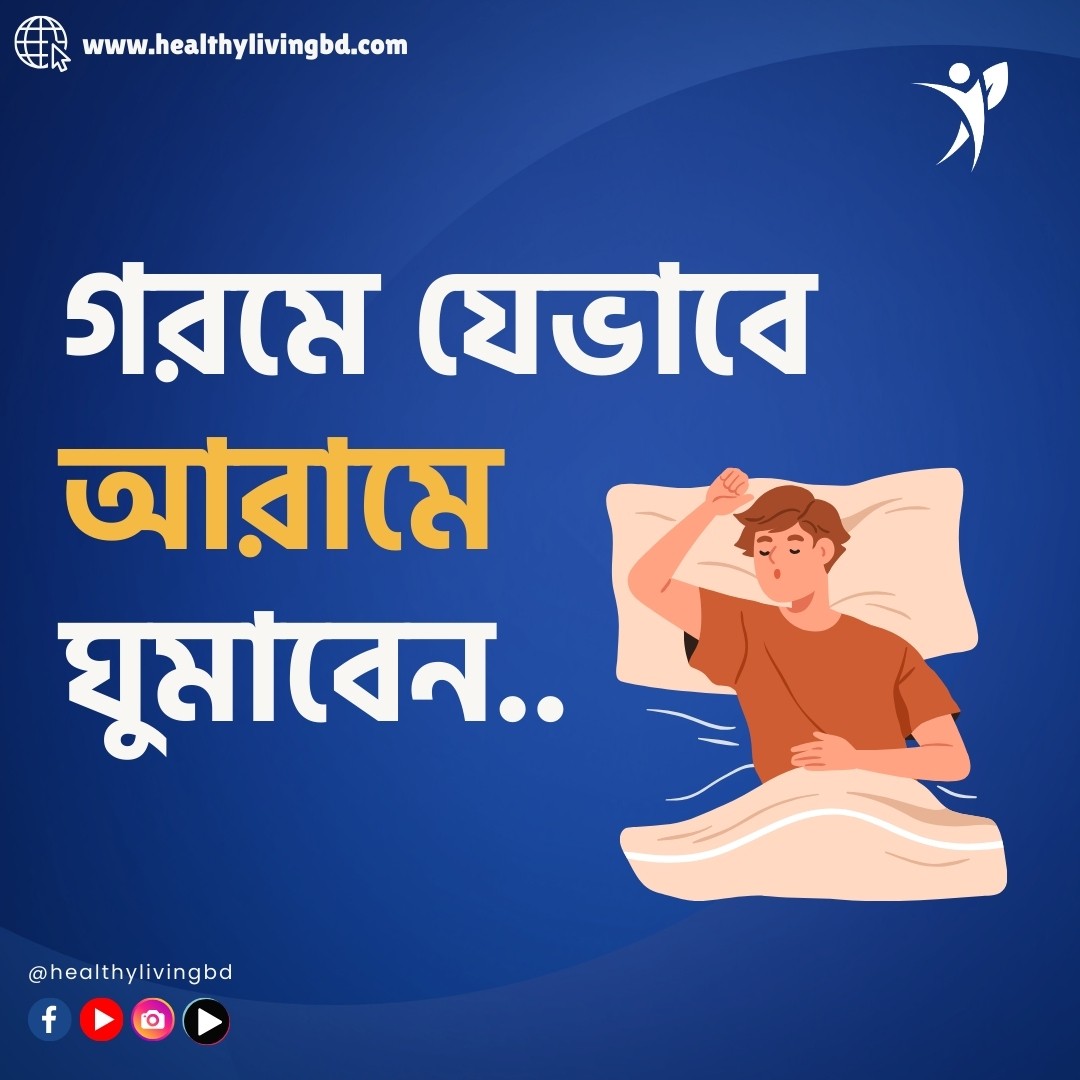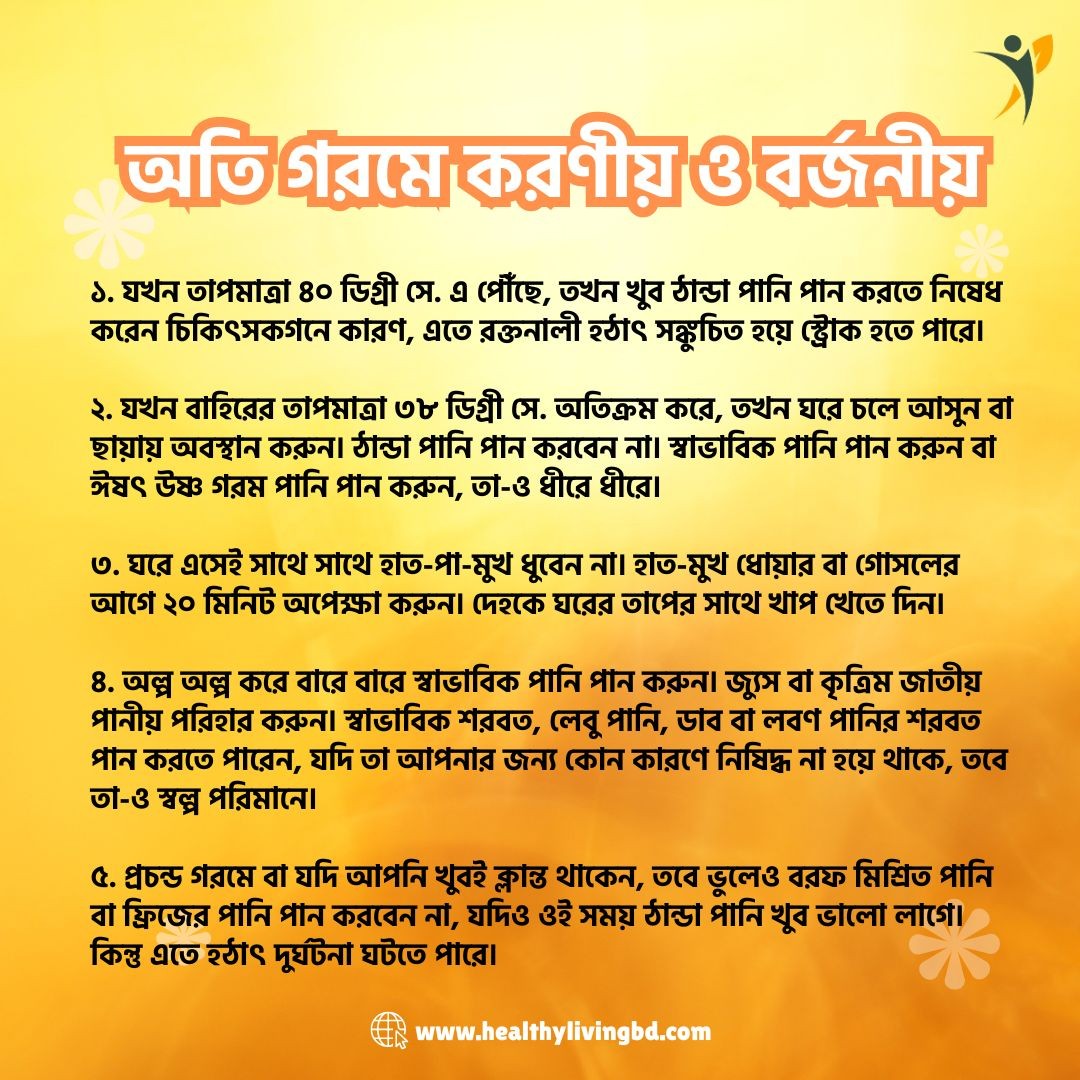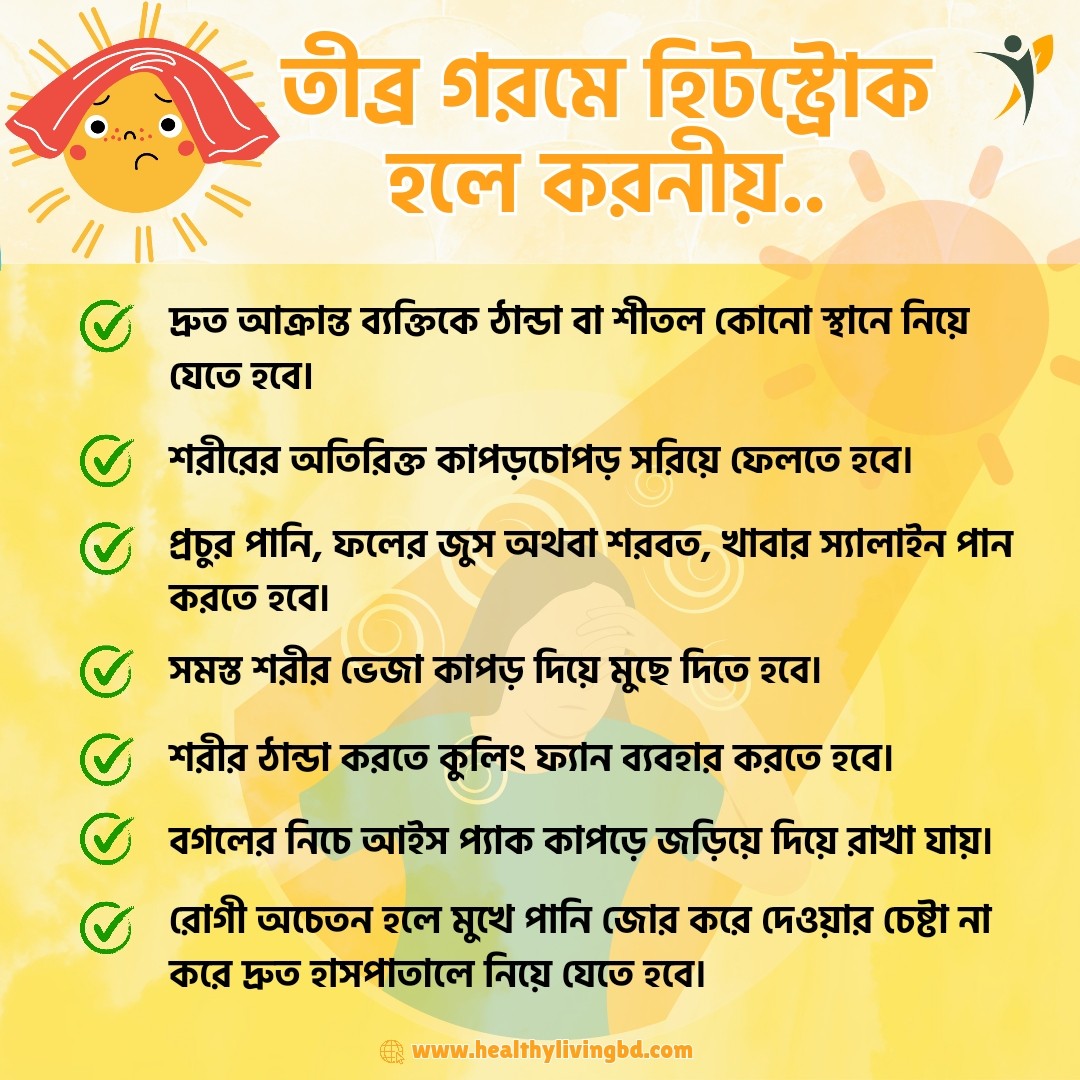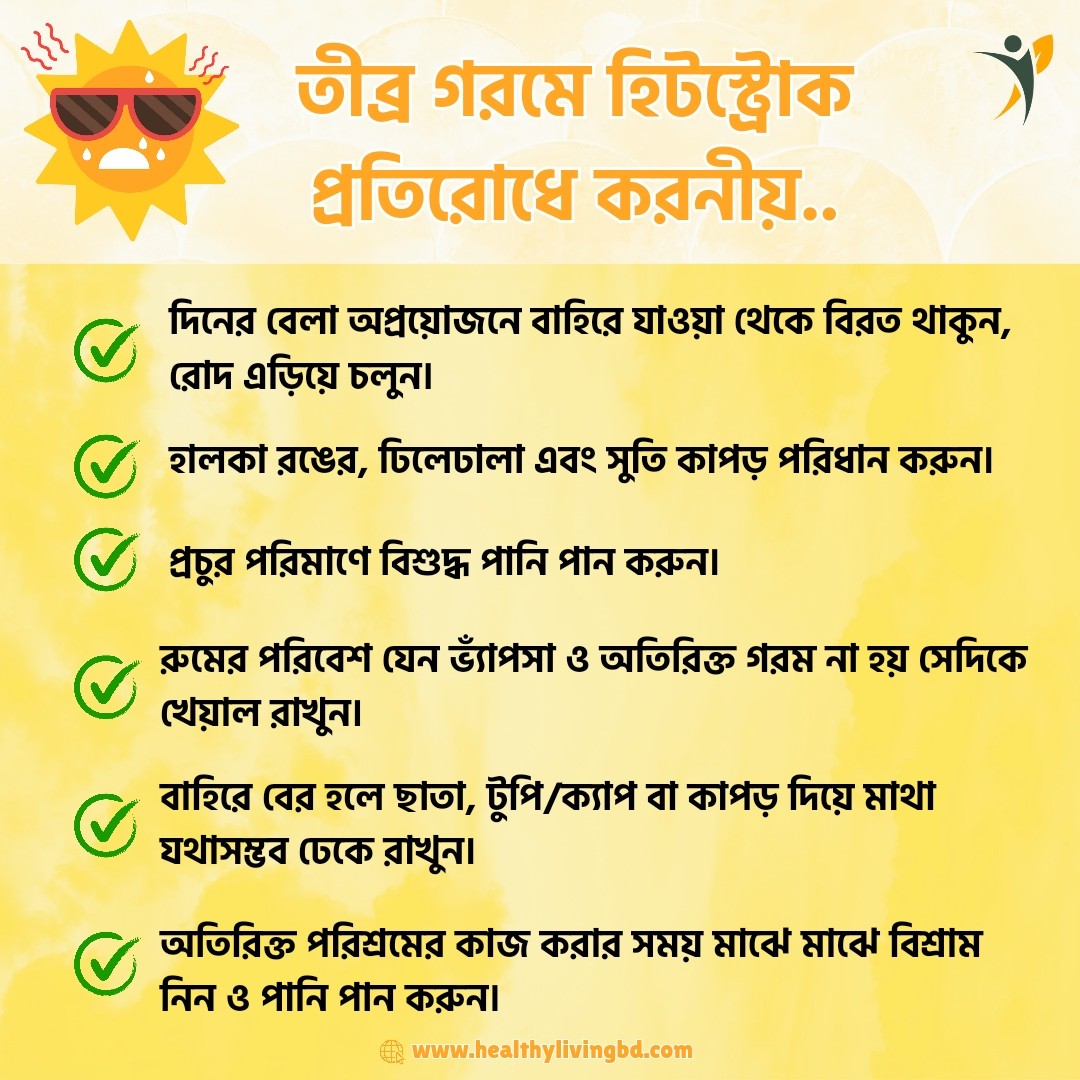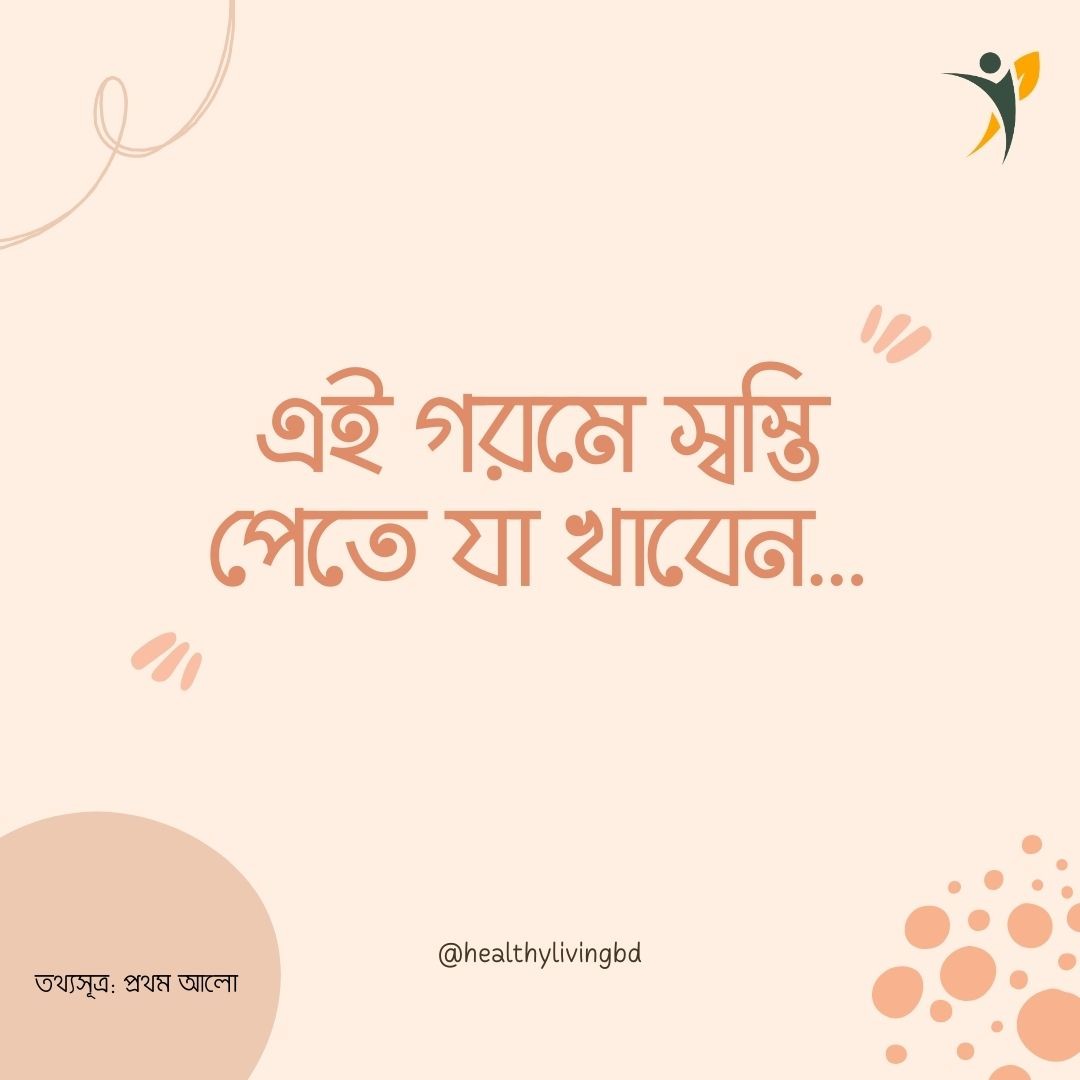Yoga for Every Body: Exploring Different Yoga Styles and Their Benefits

Yoga has undergone significant evolution in recent
years, evident in the diverse array of yoga types offered at studios. From
traditional ashtanga and kundalini yoga to more unconventional forms like
aerial and acro yoga, the choices are vast. Modern variations, such as hip-hop
yoga, HIIT yoga, and even naked yoga, have emerged, showcasing the adaptability
of this ancient practice. While yoga has roots dating back thousands of years,
its introduction to the US in the late 1800s only gained widespread popularity
in recent decades. From being associated with hippies, yoga has transformed
into a mainstream practice embraced by nearly 37 million individuals.
What Is Yoga?
“Plain and simple, yoga is the union between the
body, mind, and spirit. That’s the origins of yoga and that’s how it is
practiced in the East,” says Miriam Amselem, yogi of nearly 30 years. “It is a
place of discovery and connection with your own body that encompasses balance,
proper stretching techniques, breathing, meditation, centering the mind and
spirit — that’s yoga in its real form.”
Each type of yoga tends to have its unique
definition or interpretation, leading to a wide range of practices. This
diversity is exemplified by the emergence of unconventional forms like goat
yoga, where practitioners engage in yoga with goats freely moving around. These
variations coexist with more traditional styles such as Iyengar and ashtanga,
illustrating the multifaceted nature of yoga.
But above all, yoga ignores the “no pain, no gain”
philosophy that’s rife in fitness communities. Yoga is not a place to push
through, go beyond your edge, or ignore your body. The primary tenet is ahimsa,
or non-harming, and that starts with choosing the right type of yoga for you.
13 Types of
Yoga: How to Choose the Right Kind for You
When you’re trying to determine which of the
different types of yoga is best for you, remember that there is no right or
wrong one— just one that might not be right for you at this moment.
“Like any form of exercise, choose something you
want to do,” says Stephanie Saunders, executive director of fitness at
Beachbody and a certified yoga instructor. “Bikram or Iyengar might appeal to
you if you are a very detailed person. If you are more of a free spirit,
vinyasa or aerial yoga might be fun. Find a class that makes you excited to
go.”
So which one will get you excited? Our guide to the
common types of yoga can help you decide whether you’re in more of a
restorative yoga or a power yoga kind of mood, or anything in between.
Kundalini Yoga
Yogi Bhajan, teacher, and spiritual leader, brought
this style of yoga to the West in the late 1960s. “Kundalini” in Sanskrit
translates to “life force energy” (known as prana or chi in the yoga
community), which is thought to be tightly coiled at the base of the spine.
These yoga sequences are carefully designed to stimulate or unlock this energy
and to reduce stress and negative thinking. “You get to elevate your consciousness
and feel great,” says Veronica Parker, an E-RYT 200, and a certified kundalini
yoga teacher.
This is accomplished by challenging both mind and
body with chanting, singing, meditation, and kriyas (specific series of poses
paired with breath work and chanting). You might notice everyone is wearing
white, as it’s believed to deflect negativity and increase your aura.
Typically, a kundalini class starts with a mantra (a focus for the class), then
includes breathing exercises, warmups to get the body moving, increasingly more
challenging poses, and a final relaxation and meditation, says Parker.
Who Might Like
It: Anyone in search of a
physical, yet also spiritual practice, or those who like singing or chanting.
Vinyasa Yoga
Vinyasa yoga is also called “flow yoga” or “vinyasa
flow”. It is an incredibly common style. One example is 3 Week Yoga Retreat’s
flow yoga for beginners. It was adapted from the more regimented ashtanga
practice a couple of decades ago. The word “vinyasa” translates to “place in a
special way,” which is often interpreted as linking breath and movement. You’ll
often see words like slow, dynamic, or mindful paired with vinyasa or flow to
indicate the intensity of a practice.
“Vinyasa flow is a style of yoga where the poses are
synchronized with the breath in a continuous rhythmic flow,” says Sherrell
Moore-Tucker. “The flow can be meditative in nature, calming the mind and
nervous system, even though you’re moving.”
Vinyasa yoga is suitable for those who’ve never
tried yoga as well as those who’ve been practicing for years.
Who Might Like
It: Anyone who wants more
movement and less stillness from their yoga practice.
Hatha Yoga
Hatha yoga derives its name from the Sanskrit words
for sun and moon, and it’s designed to balance opposing forces. The balance in
hatha yoga might come from strength and flexibility, physical and mental
energy, or breath and the body. “Hatha is a blanket term for many different
‘styles’ and schools that use the body as a means for self-inquiry,” says
Jennifer Campbell-Overbeeke.
It’s often used as a catch-all term for the physical
side of yoga, is more traditional in nature, or is billed as yoga for
beginners. “Hatha translates to ‘forceful,’ but this relates more to the aspect
of concentration and regularity of practice rather than applying unnecessary
force to the body,” says Campbell-Overbeeke.
To be considered hatha, classes must include a mix
of asana (poses), pranayama (breathing exercises), and meditation, so other
types of yoga — like Iyengar, ashtanga, or Bikram — are technically considered
to be hatha yoga as well.
Who Might Like
It: Anyone looking for a
balanced practice, or those in search of a gentler type of yoga.
Ashtanga Yoga
Ashtanga yoga consists of six series of specific
poses taught in order. Each pose and each series is “given” to a student when
their teacher decides they have mastered the previous one. This is a very
physical, flow-style yoga with spiritual components — you might remember it as
the type Madonna did in the late ’90s. Ashtanga teachers give hands-on
adjustments, and in Mysore-style studios (named after the city where the
practice’s guru, Sri K. Pattabhi Jois, lived and taught), each student has a
unique practice.
“The practitioner moves at the pace of her own
breath and to her personal edge, or growth point,” says Lara Land, a level two
authorized ashtanga teacher. “Each person memorizes the practice and moves at
her own pace through the poses.”
Ashtanga vinyasa yoga is often taught as “led”
classes in the West, where the first or second series is taught from start to
finish over the course of 90 minutes to two hours. There is no music played in
ashtanga classes.
Who Might Like
It: Anyone who likes
routine or a more physical yet spiritual practice.
Yin Yoga
Yin yoga is a slower style of yoga in which poses
are held for a minute and eventually up to five minutes or more. It is a type
of yoga with roots in martial arts as well as yoga, and it’s designed to
increase circulation in the joints and improve flexibility. The practice
focuses on the hips, lower back, and thighs and uses props like bolsters,
blankets, and blocks to let gravity do the work, helping to relax. While other
forms of yoga focus on the major muscle groups, yin yoga targets the body’s
connective tissues.
Yin also aids recovery from hard workouts. “Adding a
deep stretch and holding class like yin can be extremely beneficial to a strong
body,” says Megan Kearney, a Yoga Medicine instructor. Holding poses longer
benefits the mind as well as the body, providing a chance to practice being
still. “This is a beautiful practice that honors stillness,” says Moore-Tucker.
“This style of practice is a great balance for vinyasa flow.”
Who Might Like
It: Those who need to
stretch out after a tough workout, or anyone interested in a slower-paced
practice.
Iyengar Yoga
Named for its founder, B.K.S. Iyengar, who developed
his classical, alignment-based practice in India. This type of yoga became
popular in the US in the 1970s. Iyengar yoga is known for the high level of
training required of its teachers and for its resourceful use of props. While
considered optional in many practices, multiple props are used in Iyengar
classes — including chairs, walls, and benches, in addition to more common ones
like straps, blocks, and bolsters.
Paul Keoni Chun, likes this more static form of yoga
for older adults, since it “emphsizes detailed alignment and longer holds of
positions.” Iyengar yoga is usually less intense than other types of yoga,
although that can vary based on the instructor or class. But generally, it’s
suitable for people of all ages and skill levels.
Who Might Like
It: Someone who likes
detailed instruction, anyone with physical limitations, or those in search of a
more classical form of yoga.
Bikram Yoga
Bikram Choudhury developed Bikram yoga. It is a form
of hot yoga. These classes, like ashtanga classes, consist of a set series of
poses performed in the same order, and the practice has strict rules. Each
class is 90 minutes, with 26 postures and two breathing exercises, and the room
must be 105° Fahrenheit with 40 percent humidity. Additionally, instructors do
not adjust students.
Since Bikram yoga has so many rules, many studios
simply call their classes “hot yoga” so they can customize their offerings.
Devotees of hot yoga tout the massive amount of sweat and the added flexibility
the practice gives them.
“Practicing yoga in a heated environment allows
students to get deeper into postures, improves circulation, and aids in
detoxifying the body,” says Natalie Sleik, who teaches hot power yoga.
Who Might Like
It: Anyone who likes to
sweat, someone who wants a more physical practice, or those who like routine.
Power Yoga
Like vinyasa yoga, power yoga traces its roots to
ashtanga but is less regimented and is more open to interpretation by
individual teachers. “Power yoga is generally more active and is done at a
quicker pace than other styles of yoga,” says Chun.
Sleik adds that “power yoga strengthens the muscles
while also increasing flexibility. The variation of sequences keeps the brain
engaged while you work all muscle groups in the body.”
Power yoga can be hot yoga or not, and some studios
offer a mix of power and slow flow yoga to ease students into this intense
practice. Fans of power yoga may also like buti yoga, which is just as physical
but also includes tribal dance, primal movements, and plenty of core work.
Who Might Like
It: Those who like
ashtanga but want less rigidity, anyone who wants a good workout, and anyone
who wants a less spiritual yoga practice.
Sivananda Yoga
Sivananda yoga is a form of hatha yoga based on the
teachings of Hindu spiritual teacher Swami Sivananda. Classes are generally
relaxing: while most yoga classes end with savasana (a final relaxation/corpse
pose), Sivananda starts with this pose, then moves into breathing exercises,
sun salutations, and then 12 basic asanas.
Kearney likes this practice for “someone looking for
more spiritual or energetic work,” while Saunders says such Sivananda yoga can
help push yourself to the next level if you’re a beginner. Designed to support
overall health and wellness, Sivananda yoga is appropriate for all levels and
ages.
Who Might Like
It: Those looking for a
gentler form of yoga, anyone who wants a more spiritual practice.
Restorative Yoga
If you walked by a restorative yoga class, you might
think everyone was taking a nap on their mats. This form of yoga uses props to
support the body. The goal is to completely relax into poses, which are held
for at least five minutes but often longer. This means that you might only do a
handful of poses in a class, and it’s perfectly acceptable to drift into sleep
during them.
Some teachers might even lead you through yoga nidra
– a guided meditation that allows you to hover blissfully between sleep and
wake. One hour in yoga nidra is said to equal a few hours of shuteye, and while
that can be a good self-care tool, it can’t replace a healthy night’s sleep.
Though all different types of yoga can aid stress
relief and brain health, restorative yoga places its focus on down-regulating
the nervous system. Restorative yoga can benefit those who need to chill out
and de-stress, and it can also be used as part of your rest-day self-care.
“Taking time to relax in a restorative class can have a huge impact on an
athlete,” says Kearney.
Who Might Like
It: Anyone who needs to
de-stress, those dealing with pain, and someone who struggles to relax.
Prenatal Yoga
Yoga can be a wonderful workout for moms-to-be. It
often focuses on easing pains associated with pregnancy, such as sore hips or
an aching low back. Prenatal yogaprovides stress relief, exercise, and
self-care in one session, and the breathing exercises can come in handy during
labor and delivery.
Since this is a practice designed specifically for
moms-to-be, it excludes poses that might be too taxing or unsafe for the
changing body. (But make sure you check in with your doctor before beginning a
yoga practice, if you are pregnant.) Yoga for pregnancy, such as the Active
Maternity series on Beachbody On Demand, also often includes plenty of
exercises to prepare your body for delivery, like squats and pelvic floor work.
Who Might Like
It: Moms-to-be and new moms
who are easing back into exercise.
Aerial Yoga
Aerial yoga — sometimes called anti-gravity yoga —
is relatively new, but quickly catching on. It involves traditional yoga poses
with the added support of a strong, silky hammock that hangs from the ceiling.
The hammock is used as a supportive prop in poses like pigeon or downward dog,
and helps you more easily perform inverted poses (like headstands and
handstands) that might be beyond your abilities or comfort levels. It’s also
used for a cocoon-like savasana (the final resting pose at the end of a yoga
class). Classes can be either physically challenging or relaxing.
“Teaching aerial yoga has been so rewarding for me
because I get to witness beginners gain body awareness and overcome fear of
being inverted,” says Melissa Vance, an aerial yoga teacher based outside of
Atlanta. “Hanging upside down reverses the blood flow in the body and
decompresses the spine providing much relief and a euphoric feeling.”
Who Might Like
It: Those who want a
nontraditional yoga experience, or anyone who wants the benefits of inversions
but might fear going upside down on their own.
Acro yoga
Acro yoga takes familiar yoga poses — like downward
dog or plank — and makes them double the fun (and sometimes double the work) by
adding a partner. One partner serves as the “base” on the ground, while the
other is the “flyer” who contorts themselves on the soles of the base’s feet.
(A spotter should always be involved for safety). “[Acro yoga] allows people to
break from the rectangular confines of their yoga mat and find a connection
with their fellow practitioners,” says Lyle Mitchell, a YogaSlackers acro yoga
teacher in Asheville, NC.
This type of yoga helps you playfully explore your
mind-body connection, develops effective communication skills with a partner,
and aids in setting appropriate boundaries. “Exploring these skills through
acro yoga can translate to strengthening these skills in all our other
relationships in life,” he says.
Saunders recommends acro yoga “if you are looking
for the physical benefits of yoga in a fun and interactive environment.” If you
work as a base, it builds a strong lower body and core. Working as a flyer
requires flexibility and strength, not to mention trust.
Who Might Like
It: Those who enjoy practicing
with a partner, couples looking to build trust and intimacy, or anyone with an
adventurous streak who likes to go upside down.
Recent Posts
Welcome to Healthy Living BD - Elevate Your Lifestyle!
Nationwide Delivery: We are committed to making your shopping experience hassle-free. Benefit from our nationwide delivery service, ensuring that you can enjoy the best of Bangladeshi lifestyle products, no matter where you are.
Elevate your lifestyle with Healthy Living BD - where tradition meets modernity, and well-being is a way of life. Join us on this journey of cultural discovery and conscious living. Shop with us today!


